Viking Tattoos: Unleashing Your Inner Norse Warrior
- Leonardo Pereira
- Mar 31
- 30 min read
Unleash your inner warrior with powerful Viking tattoo designs! In this comprehensive guide, we'll explore the fascinating world of Norse-inspired body art, from its historical roots to contemporary interpretations. Whether you're drawn to the mighty Thor's hammer or the intricate patterns of the Viking compass, Viking tattoos offer a compelling way to connect with Scandinavian heritage and express your strength through timeless symbolism.
Viking tattoos have surged in popularity, captivating tattoo enthusiasts and history buffs alike with their bold designs and rich cultural significance. From runic inscriptions to mythological scenes, these Nordic symbol tattoos continue to evolve, blending ancient traditions with modern tattoo artistry. In this article, we'll delve into every aspect of Viking tattoos, covering their historical context, symbolic meanings, and practical considerations for those looking to adorn themselves with Scandinavian-inspired ink.
Your Complete Guide to Viking Tattoos:
Embark on this journey through the world of Viking tattoos as we explore their profound historical roots, intricate designs, and modern significance. From the mystical Yggdrasil (World Tree) to the protective Vegvísir (Viking compass), we'll cover everything you need to know about these powerful Norse-inspired tattoos. Whether you're considering your first Viking ink or deepening your appreciation for Scandinavian body art, this guide will provide you with invaluable insights and expert advice.
Are you ready to discover how Viking tattoos can help you express your connection to Norse mythology and channel the spirit of ancient warriors? Let's dive into the mesmerizing world of Nordic tattoo designs and explore how these ancient symbols continue to resonate in contemporary tattoo culture!
By exploring Viking tattoos, you're not just learning about a tattoo style – you're engaging with a rich cultural tradition that spans centuries. From the significance of runic alphabet body art to the intricacies of full-sleeve Norse mythology tattoos, we'll equip you with the knowledge to approach this art form with respect and understanding.
Let's begin our exploration of Viking tattoos – where each symbol tells a story of bravery, wisdom, and the enduring legacy of Norse culture!
The History and Cultural Significance of Viking Tattoos

The history of Viking tattoos is as complex and intriguing as the Norse culture itself. While popular culture often depicts Vikings adorned with elaborate tattoos, historical evidence for tattooing practices among the Norse people is somewhat limited. This has led to ongoing debates among historians and tattoo enthusiasts about the authenticity of Viking tattoos.
The most significant historical account of Viking tattoos comes from the 10th-century Arab traveler Ahmad Ibn Fadlan, who described the Rus people (believed to be of Scandinavian origin) as having dark blue or green "tree patterns" and other figures tattooed from "fingernails to neck." This account, while valuable, is singular and has been subject to various interpretations.
Archaeological evidence of Viking tattooing tools is scarce, but this doesn't necessarily mean the practice didn't exist. Tattoo needles made of bone or bronze could have easily degraded over time, leaving little trace for modern archaeologists. Additionally, the lack of preserved skin from Viking burials makes it challenging to find direct evidence of tattoos on Norse individuals.
Despite the limited historical evidence, the concept of Viking tattoos has taken root in modern culture, becoming a powerful way for people to connect with Norse heritage and values. Today's Viking-inspired tattoos often incorporate elements from Norse mythology, runic writing systems, and archaeological findings from the Viking Age.
The cultural significance of Viking tattoos in contemporary society extends beyond historical accuracy. These designs have come to symbolize strength, courage, and a connection to nature – values often associated with the Viking way of life. For many, getting a Viking tattoo is a way to honor Scandinavian ancestry or to embody the perceived virtues of the Norse people.
It's important to note that while modern Viking tattoos may not have a direct historical precedent, they serve as a form of cultural expression and personal identity for many individuals. The popularity of Norse-inspired body art has also contributed to a renewed interest in Viking history and mythology, encouraging further research and appreciation of Scandinavian cultural heritage.
Understanding Viking Tattoo Symbolism

Viking tattoo symbolism is rich and varied, drawing from Norse mythology, runic alphabets, and historical artifacts. Each symbol carries deep meaning, often relating to the Viking worldview, their gods, and their way of life. Understanding these symbols is crucial for anyone considering a Viking-inspired tattoo.
One of the most recognizable Viking symbols is Mjölnir, Thor's hammer. In Norse mythology, Mjölnir was a powerful weapon capable of leveling mountains. As a tattoo, it represents strength, protection, and the power to overcome obstacles. Many choose this symbol as a way to invoke Thor's courage and might in their own lives.
The Vegvísir, often referred to as the Viking compass, is another popular choice for tattoos. Despite its name, the Vegvísir is actually from a later Icelandic magical tradition rather than the Viking Age. However, its design and purported ability to guide travelers through rough weather have made it a beloved symbol in Viking-inspired tattoos. It represents guidance, protection, and the ability to find one's way in life.
Yggdrasil, the World Tree, is a central figure in Norse cosmology. This immense ash tree was believed to connect the nine worlds of Norse mythology. As a tattoo, Yggdrasil symbolizes the interconnectedness of all things, the cycle of life, death, and rebirth, and the quest for knowledge and wisdom. It's often depicted as a grand, sprawling tree, sometimes with various Norse creatures incorporated into the design.
Runic tattoos are particularly significant in Viking-inspired body art. The Elder Futhark, the oldest form of the runic alphabet, is frequently used in these designs. Each rune has its own meaning and magical properties, allowing for highly personalized tattoos. For example, the Algiz rune, resembling an upward-pointing arrow or spread hand, represents protection and connection with the gods.
The Valknut, a symbol of three interlocking triangles, is associated with Odin, the chief god of the Norse pantheon. Its exact meaning is debated, but it's often interpreted as representing the power of Odin to bind and unbind, the cycle of life, death, and rebirth, or the nine worlds of Norse cosmology. Due to its association with death and the afterlife, the Valknut is a powerful but serious symbol to choose for a tattoo.
Norse gods and goddesses are also popular subjects for Viking tattoos. Odin, Thor, Freya, and Loki are among the most frequently depicted deities. These tattoos often portray the gods in action scenes from Norse myths or as powerful, solitary figures. Choosing a particular god or goddess for a tattoo can be a way of invoking their specific attributes or aligning oneself with their values.
Popular Viking Tattoo Designs

Viking tattoo designs range from simple, iconic symbols to elaborate, narrative scenes drawn from Norse mythology. The popularity of these designs has grown significantly in recent years, driven by a renewed interest in Viking culture and the striking visual appeal of Norse art.
Thor's hammer, Mjölnir, is perhaps the most recognizable and popular Viking tattoo design. It's often depicted as a simple, stylized hammer shape, sometimes adorned with runic inscriptions or knotwork patterns. Mjölnir tattoos can vary in size from small, discreet designs on the wrist or ankle to large, detailed pieces on the back or chest. Some designs incorporate lightning or storm imagery to emphasize Thor's association with thunder.
The Viking compass, or Vegvísir, is another frequently chosen design. Its intricate pattern of eight arms with various symbols at the ends makes for a visually striking tattoo. While traditionally rendered in black ink, modern interpretations sometimes incorporate color or blend the Vegvísir with other Norse elements. Its circular shape makes it well-suited for placement on the chest, shoulder, or as part of a larger sleeve design.
Yggdrasil tattoos offer artists a chance to create truly spectacular pieces. These designs often feature a massive tree with sprawling branches and roots, sometimes encompassing an entire back or chest. More compact versions might focus on a single section of the tree, incorporating elements like Odin's ravens, Huginn and Muninn, or the serpent Nidhogg that gnaws at the roots. The complexity of Yggdrasil designs allows for a high degree of personalization and artistic interpretation.
Runic tattoos have gained popularity for their minimalist aesthetic and deep symbolic meaning. Some people choose to have single runes tattooed, while others opt for entire phrases or names spelled out in runic script. The angular nature of runes lends itself well to bold, graphic designs. Some tattoo artists create innovative designs by incorporating runes into larger images or using them to form shapes like animals or mythological creatures.
The Valknut symbol, with its three interlocking triangles, is a popular choice for those drawn to its mystery and connection to Odin. Valknut tattoos are often rendered in a simple, geometric style, but can also be elaborated with additional Norse elements or incorporated into larger designs. Due to its shape, the Valknut works well in various placements, from small tattoos on the wrist or behind the ear to larger pieces on the chest or back.
Portraits of Norse gods and goddesses provide opportunities for highly detailed, realistic tattoos. Thor, with his flowing beard and mighty hammer, is a favorite subject. Odin is often depicted as a one-eyed, bearded figure, sometimes accompanied by his ravens or wolves. Freya, associated with love, beauty, and war, is frequently portrayed as a beautiful woman adorned with her famous necklace, Brisingamen. These divine portraits can be standalone pieces or central figures in larger, narrative tattoos depicting scenes from Norse mythology.
Modern Interpretations of Viking Tattoos

Modern interpretations of Viking tattoos have taken the rich symbolism and aesthetics of Norse culture and adapted them to contemporary tattoo styles and personal expressions. This fusion of ancient and modern has resulted in a diverse range of Viking-inspired designs that appeal to a broad audience.
One significant trend in modern Viking tattoos is the incorporation of realistic elements into traditional Norse designs. For example, an artist might create a hyper-realistic portrait of a Viking warrior but incorporate traditional knotwork or runic elements into the warrior's armor or background. This style allows for a striking blend of historical accuracy and artistic interpretation.
Geometric Viking tattoos have gained popularity, particularly among those who appreciate a more abstract aesthetic. These designs take traditional Norse symbols and render them in clean, geometric lines and shapes. A Mjölnir might be depicted as a collection of intersecting triangles, or Yggdrasil could be represented by a series of connected circles and lines. This modern, minimalist approach to Viking imagery appeals to those who want a subtle nod to Norse culture rather than a more literal representation.
Color has become a significant factor in modern Viking tattoo designs. While traditional Norse art was often monochromatic, contemporary tattoo artists are incorporating vibrant colors into their Viking-inspired pieces. This might manifest as a rainbow-hued Bifrost bridge, a fiery depiction of Surtr the fire giant, or a Yggdrasil with leaves in all the colors of the seasons. These colorful interpretations bring new life and energy to ancient symbols.
The fusion of Viking elements with other tattoo styles has led to some innovative designs. For instance, some artists combine Norse imagery with biomechanical tattoo styles, creating futuristic Viking warriors or reimagining Norse gods as cyborgs. Others blend Viking symbols with nature-inspired designs, such as incorporating the Vegvísir into a mandala-like flower pattern or intertwining Jörmungandr, the world serpent, with realistic botanical elements.
Large-scale Viking-themed tattoos, such as full sleeves, back pieces, or chest tattoos, have become increasingly popular. These extensive designs allow for the creation of complex, narrative scenes from Norse mythology. An entire back piece might depict Ragnarök, the Norse apocalypse, with various gods and creatures locked in epic battle. Sleeve tattoos might tell the story of Odin's quest for wisdom, starting with his sacrifice at the base of Yggdrasil and ending with his discovery of the runes.
Digital art and computer-aided design have also influenced modern Viking tattoos. Some artists use digital tools to create precise, symmetrical designs or to plan out complex, large-scale pieces before tattooing. This technology allows for a level of detail and planning that wasn't possible in traditional tattooing, resulting in incredibly intricate and accurate Norse-inspired designs.
Choosing the Right Viking Tattoo

Selecting the perfect Viking tattoo is a deeply personal process that involves consideration of symbolism, aesthetics, and personal significance. With the rich array of Norse symbols and designs available, it's important to approach this decision thoughtfully and with a clear understanding of what you want your tattoo to represent.
The first step in choosing a Viking tattoo is to educate yourself about Norse mythology and symbolism. Read sagas, study the Eddas, and familiarize yourself with the meanings behind various Norse symbols. This knowledge will not only help you choose a design that resonates with you but will also deepen your appreciation for the cultural significance of your chosen tattoo.
Consider what aspects of Viking culture or Norse mythology speak to you most. Are you drawn to the strength and protection symbolized by Thor's hammer? Do you feel a connection to the wisdom and mystery associated with Odin? Perhaps the concept of fate, represented by the Norns, resonates with your life philosophy. Your personal connection to these ideas should guide your choice of symbols or scenes to incorporate into your tattoo.
Think about the size and placement of your Viking tattoo. A small, simple rune might work well as a discreet tattoo on the wrist or behind the ear, while a complex scene from Norse mythology might be better suited to a larger area like the back or chest. Consider how the tattoo will look with your body's natural contours and how it might be affected by aging or changes in muscle tone.
Decide on the style of your Viking tattoo. Do you prefer a traditional, woodcut-like aesthetic that mimics ancient Norse art? Or are you more interested in a modern, realistic interpretation? Perhaps you're drawn to a geometric or abstract representation of Viking symbols. The style you choose should complement both the subject matter of your tattoo and your personal aesthetic preferences.
Don't be afraid to combine multiple elements in your Viking tattoo design. Many powerful tattoos incorporate several Norse symbols or concepts into a cohesive piece. For example, you might choose to have Yggdrasil as a central image, with various Norse animals like Odin's ravens or the squirrel Ratatoskr incorporated into the branches. Or you could create a design that combines runic script with iconic symbols like Mjölnir or the Valknut.
When choosing your Viking tattoo, it's crucial to work with a tattoo artist who has experience with and respect for Norse designs. Look for an artist whose portfolio includes Viking-inspired work that you admire. A knowledgeable artist can help refine your ideas and ensure that your tattoo is both aesthetically pleasing and culturally respectful.
Viking Tattoo Techniques and Styles

The world of Viking tattoos encompasses a wide range of techniques and styles, from traditional methods inspired by ancient practices to cutting-edge contemporary approaches. This diversity allows for rich artistic expression and enables individuals to find a style that perfectly suits their vision of Norse-inspired body art.
Traditional Viking tattoo techniques, while not extensively documented, are believed to have involved hand-poking methods. Modern interpretations of these techniques often use hand-poked or stick-and-poke methods to create tattoos with a more organic, handcrafted feel. This approach can lend an air of authenticity to Viking designs, particularly when used for runic inscriptions or simple, iconic symbols.
Blackwork is a popular technique for Viking tattoos, especially for designs based on historical Norse art. This style uses solid black ink to create bold, high-contrast images. Blackwork is particularly effective for knotwork patterns, stylized animal designs, and graphic representations of Norse symbols. The stark nature of blackwork tattoos can convey the strength and timelessness associated with Viking culture.
Dotwork is another technique that has found favor in Viking tattoo designs. This method uses countless tiny dots to create shading and texture, resulting in a softer, more nuanced appearance than solid blackwork. Dotwork can be particularly effective for creating the intricate patterns found in Norse art or for adding a sense of depth and dimension to symbolic designs like the Vegvísir or Yggdrasil.
Realistic Viking tattoos have gained popularity, especially for depictions of Norse gods, historical figures, or scenes from Viking life. These tattoos require a high level of skill to execute and often incorporate fine details and subtle shading to create lifelike images. Realistic techniques can bring a sense of immediacy and tangibility to mythological subjects, making gods and heroes seem to come alive on the skin.
Watercolor techniques have been adapted to Viking tattoo designs, bringing a contemporary and artistic flair to traditional Norse imagery. This style often features soft, blended colors that seem to flow beyond the lines of the main design. Watercolor can be used to create ethereal backgrounds for Viking symbols or to add a dream-like quality to depictions of Norse mythology.
Neo-Nordic styles blend traditional Viking imagery with modern design sensibilities. These tattoos might incorporate elements of graphic design, such as clean lines and geometric shapes, while still maintaining recognizable Norse themes. Neo-Nordic styles often appeal to those who want a Viking-inspired tattoo with a contemporary edge.
Biomechanical and futuristic interpretations of Viking themes represent a bold, modern take on Norse imagery. These styles might reimagine Viking warriors as cyborgs or depict Norse gods with mechanical elements. Such designs create an intriguing juxtaposition between ancient mythology and futuristic aesthetics.
When it comes to color in Viking tattoos, there's a spectrum of approaches. Some prefer to stick to black and grey, feeling that this better represents the historical roots of Norse culture. Others embrace full color, using vibrant hues to bring Norse myths to life or to create striking contrasts in symbolic designs. Earth tones are also popular, evoking the natural world that played such a significant role in Viking life and beliefs.
The choice of technique and style for a Viking tattoo should complement the chosen design and reflect the wearer's personal aesthetic. A skilled tattoo artist can help guide this decision, suggesting approaches that will best realize the vision for the tattoo while ensuring it ages well and remains clear and impactful over time.
It's worth noting that as tattoo technology continues to advance, new techniques are constantly emerging that can be applied to Viking designs. From fine-line work that allows for incredibly detailed small-scale tattoos to new ink formulations that offer enhanced color vibrancy and longevity, these innovations provide ever-expanding possibilities for Norse-inspired body art.
Ultimately, the technique and style chosen for a Viking tattoo should serve to enhance its meaning and impact. Whether opting for a traditional, hand-poked runic inscription or a full-color, realistic scene from Norse mythology, the goal is to create a piece of body art that powerfully expresses one's connection to Viking culture and symbolism.
Placement and Body Areas for Viking Tattoos

The placement of a Viking tattoo is a crucial consideration that can significantly impact the overall effect and meaning of the design. Different body areas offer varying canvases for Norse-inspired art, each with its own advantages and considerations.
Arm and shoulder placements are particularly popular for Viking tattoos. The upper arm provides a broad, flat surface ideal for circular designs like the Vegvísir or for portrait-style depictions of Norse gods. Sleeve tattoos allow for elaborate, narrative designs that can tell entire stories from Norse mythology. The forearm is well-suited for long, vertical designs such as spears, swords, or the trunk of Yggdrasil. Wrist placements work well for smaller, more discreet Viking symbols or single runes.
Chest tattoos offer a powerful placement for Viking designs, especially those centered on strength and protection. A Mjölnir tattoo over the heart can symbolize Thor's protection, while a large Yggdrasil spanning the chest can represent one's connection to the cosmos of Norse mythology. The pectoral area is also suitable for symmetrical designs or for depictions of Odin's ravens, Huginn and Muninn.
Back pieces provide the largest canvas for Viking tattoos, allowing for complex, large-scale designs. A full back tattoo could depict an entire scene from Norse mythology, such as the battle of Ragnarök or the creation of the world from the body of Ymir. The upper back is well-suited for winged designs, such as Valkyries or Odin in his eagle form, while the lower back can accommodate horizontal designs like longships or sea serpents.
Leg tattoos offer various options for Viking designs. Thigh pieces can be large and detailed, perfect for intricate knotwork patterns or scenes of Viking life. Calf tattoos work well for vertical designs like spears or dragons, while the ankle area is suitable for smaller symbols or runic bands. A full leg sleeve can tell a complete Norse story, from the roots of Yggdrasil at the ankle to the branches reaching the heavens at the hip.
Hands and fingers have become increasingly popular locations for small Viking tattoos. Runic inscriptions across the knuckles or small symbols like Mjölnir or the Valknut on the back of the hand can make powerful statements. However, it's important to consider that hand tattoos can fade more quickly due to frequent use and exposure.
The neck and behind the ear are areas chosen for more subtle Viking tattoos. A small rune or symbol in these locations can hold personal significance without being immediately visible. However, visibility should be carefully considered, as tattoos in these areas can be difficult to conceal in professional settings.
The side of the torso, often referred to as the "rib piece," can accommodate long, vertical designs. This area works well for depictions of Viking weapons, like spears or swords, or for the sinuous form of Jörmungandr, the world serpent.
When considering placement, it's important to think about how the tattoo will work with your body's natural contours and movement. A skilled tattoo artist can help design a piece that complements your physique and looks good both when static and in motion.
Pain tolerance is another factor to consider in tattoo placement. Areas with less flesh, such as the ribs, feet, or hands, tend to be more sensitive. If you have a lower pain tolerance, you might prefer to place your Viking tattoo on areas with more padding, like the upper arm or thigh.
The visibility of the tattoo in daily life is an important consideration. While some people choose highly visible placements to showcase their Viking ink proudly, others prefer more discreet locations that can be easily covered for professional or personal reasons.
Consider how your Viking tattoo might interact with existing tattoos or future tattoo plans. If you're thinking about eventually getting a full sleeve or larger body piece, you'll want to choose a placement that allows for future additions or expansions to your Norse-themed body art.
Ultimately, the best placement for your Viking tattoo is one that feels right to you, both in terms of personal significance and practical considerations. Whether you choose a bold, visible placement or a more private, hidden location, your Viking tattoo should be a source of personal power and connection to Norse culture and mythology.
The Process of Getting a Viking Tattoo

The journey of getting a Viking tattoo is an exciting process that involves careful planning, artistic collaboration, and a deep dive into Norse symbolism and culture. Understanding this process can help ensure that you end up with a tattoo that not only looks impressive but also holds genuine meaning for you.
The first step in getting a Viking tattoo is research. Immerse yourself in Norse mythology, Viking history, and the meanings behind various Norse symbols. This knowledge will help you choose a design that resonates with you on a personal level. Read the Eddas, explore archaeological findings, and study traditional Norse art to gain a comprehensive understanding of Viking visual culture.
Once you have a general idea of what you want, start looking for a tattoo artist who specializes in or has experience with Viking designs. Look through portfolios, read reviews, and if possible, see their work in person. The right artist will not only have the technical skills to execute your design but also a genuine interest in and respect for Norse culture.
When you've found an artist you like, schedule a consultation. This is your opportunity to discuss your ideas, show any reference images you've collected, and get the artist's input. A good tattoo artist will be able to take your concepts and transform them into a design that works well as a tattoo while staying true to Viking artistic traditions.
During the consultation, be open to the artist's suggestions. They may have insights into how to improve the design for better flow on your body or ideas for incorporating additional elements that enhance the overall composition. This collaborative process often results in a tattoo that exceeds your initial vision.
Discuss the size and placement of your Viking tattoo during this consultation. Consider how the tattoo will look with your body's natural contours and how it might be affected by aging or changes in muscle tone. Your artist can provide valuable advice on how different placements might impact the design.
Once you've agreed on a design, your artist will likely create a stencil. When you come in for your tattoo appointment, they'll place this stencil on your skin, allowing you to see how the tattoo will look and make any final adjustments to the placement.
The actual tattooing process can take anywhere from a couple of hours for a small piece to multiple sessions for larger, more complex designs. If you're getting a particularly large or detailed Viking tattoo, your artist might break it up into several appointments to allow for healing between sessions.
During the tattooing, try to relax as much as possible. Some people find it helpful to meditate on the meaning of their chosen Norse symbols or to visualize scenes from Viking history or mythology. This can help pass the time and create a deeper connection with the tattoo.
After the tattoo is complete, your artist will provide you with aftercare instructions. Following these carefully is crucial for proper healing and to ensure your Viking tattoo looks its best. Typical aftercare involves keeping the tattoo clean, applying recommended ointments, and avoiding sun exposure and soaking in water for a period of time.
The healing process usually takes a few weeks, during which time your tattoo may scab and peel. This is normal, but it's important not to pick at the scabs as this can affect the final appearance of the tattoo. Once fully healed, your Viking tattoo will be a permanent part of you, a constant reminder of the strength, wisdom, and adventure embodied by Norse culture.
Remember that getting a tattoo, especially one with deep cultural significance like a Viking design, is more than just a physical process. It's a personal journey that connects you to an ancient tradition and becomes a part of your own story. Approach the process with respect, thoughtfulness, and excitement, and you'll end up with a Viking tattoo that holds meaning for years to come.
Viking Tattoos in Popular Culture

Viking tattoos have experienced a significant surge in popularity in recent years, largely due to their increased visibility in various forms of popular media. This trend has not only boosted interest in Norse-inspired body art but has also contributed to a broader fascination with Viking culture and mythology.
One of the most influential factors in the popularization of Viking tattoos has been their prominent feature in television series and films. The History Channel's series "Vikings" played a crucial role in bringing Norse culture and aesthetics to a mainstream audience. The show's characters, adorned with intricate Norse-inspired tattoos, sparked a wave of interest in Viking body art. Similarly, Marvel's portrayal of Thor and other Asgardian characters in their cinematic universe has introduced a stylized version of Norse imagery to a global audience, influencing tattoo trends.
Celebrities and athletes sporting Viking-inspired tattoos have also contributed to their popularity. For example, Swedish football star Zlatan Ibrahimović is known for his large back tattoo featuring various Norse elements. His high-profile status has helped bring Viking tattoos into the spotlight, particularly in the sports world.
The music industry, especially within certain genres like heavy metal and Nordic folk music, has long embraced Viking aesthetics. Many musicians in these genres sport Norse-inspired tattoos, influencing their fan bases and contributing to the mainstream appeal of Viking designs.
The gaming industry has also contributed to the popularity of Viking tattoos. Video games like "God of War" (2018), which draws heavily from Norse mythology, and "Assassin's Creed Valhalla," set in the Viking Age, have exposed millions of players to Norse symbols and Viking aesthetics. This exposure often translates into real-world interest in Viking-inspired tattoos.
The rise of Viking-themed festivals and reenactment events has provided spaces for people to engage with Norse culture in immersive ways. These events often feature tattoo artists specializing in Viking designs, allowing attendees to get Norse-inspired ink as part of their festival experience.
Fashion and jewelry trends have also incorporated Viking elements, with Thor's hammer pendants and arm rings featuring Norse designs becoming popular accessories. This mainstream acceptance of Viking aesthetics has made Norse-inspired tattoos feel more accessible to a broader audience.
The increased academic and popular interest in Norse mythology and Viking history has led to more books, documentaries, and educational content on these subjects. This has provided a deeper pool of knowledge for people to draw from when choosing and understanding their Viking tattoos.
It's worth noting that the popularization of Viking tattoos in mainstream culture has not been without controversy. There have been discussions about cultural appropriation and the accuracy of representations of Norse culture in media. These debates have led to increased awareness about the importance of understanding and respecting the cultural origins of Viking symbols when choosing to get them as tattoos.
The trend of Viking tattoos in popular culture has also led to innovations in tattoo artistry. Artists are continually finding new ways to interpret Norse symbols and storytelling through tattoos, blending traditional designs with modern techniques and styles.
As Viking tattoos have become more common, there's been a trend towards more personalized and unique designs. People are increasingly seeking to combine Norse elements with other symbolic systems or personal meanings, creating hybrid designs that reflect individual identities while still drawing on Viking aesthetics.
The popularity of Viking tattoos in mainstream culture has also had the positive effect of sparking wider interest in Scandinavian history and culture. Many people who initially become interested in Norse symbols through tattoos go on to explore Viking history, language, and traditions more deeply.
While trends in popular culture can be fleeting, the enduring nature of the symbolism and aesthetics associated with Viking culture suggests that Norse-inspired tattoos will continue to hold appeal. Their combination of bold design, rich mythology, and themes of strength and adventure resonates with many people on a deep level, transcending mere fashion.
As Viking tattoos continue to evolve in popular culture, we're likely to see more nuanced and informed approaches to Norse-inspired body art. This could include a greater emphasis on historical accuracy, more collaboration with scholars of Norse culture, and innovative interpretations that bridge ancient symbolism with contemporary meanings.
Cultural Appropriation and Respect

The increasing popularity of Viking tattoos has brought to the forefront important discussions about cultural appropriation and the respectful use of Norse symbols and imagery. This is a complex and sometimes controversial topic that requires thoughtful consideration from anyone interested in getting a Viking-inspired tattoo.
Cultural appropriation occurs when elements of a minority or historically oppressed culture are adopted by members of a dominant culture, often without full understanding or respect for their original meaning. In the context of Viking tattoos, this can be a sensitive issue, particularly given the historical and contemporary significance of Norse symbols to Scandinavian cultures and to certain religious groups that practice modern interpretations of Norse paganism.
One of the primary concerns regarding Viking tattoos and cultural appropriation is the use of sacred or spiritually significant symbols without proper understanding or respect. For example, the Valknut, a symbol associated with Odin and the afterlife, holds deep spiritual meaning for some practitioners of Norse paganism. Using such symbols purely for aesthetic reasons, without acknowledging their significance, can be seen as disrespectful.
Another issue is the potential misuse or misinterpretation of Norse symbols. Some Norse runes and symbols have been appropriated by hate groups, leading to unfortunate associations with racist ideologies. This makes it crucial for anyone considering a Viking tattoo to research the full context and contemporary usage of their chosen symbols to avoid unintended negative connotations.
Historical accuracy is another important consideration. Many popular "Viking" symbols, like the Vegvísir (often called the Viking compass), actually come from later Icelandic magical traditions rather than the Viking Age. While these symbols can still make meaningful tattoos, it's important to understand their true historical context.
To approach Viking tattoos respectfully, it's essential to engage in thorough research and, if possible, consult with experts in Norse culture and history. This might involve reading academic works on Viking history, studying the Eddas and sagas, and learning about contemporary Nordic cultures.
Consider the personal significance of the symbols you're choosing. Rather than simply selecting a design because it looks cool, think about how it relates to your own life, values, or heritage. This thoughtful approach can lead to a more meaningful and respectful tattoo.
If you don't have Scandinavian heritage, it's worth reflecting on why you're drawn to Viking symbols and what they mean to you. There's nothing inherently wrong with appreciating and being inspired by Norse culture, but it's important to do so in a way that acknowledges and respects its origins.
When getting a Viking tattoo, consider working with artists who have a deep understanding of Norse culture and symbolism. These artists can guide you towards more authentic and respectful designs and may be able to provide additional context for the symbols you're interested in.
Be open to learning and changing your perspective. If someone from a Nordic background or a practitioner of Norse paganism expresses concerns about your tattoo choices, listen to their perspective. This can be an opportunity for cultural exchange and deeper understanding.
Remember that modern Scandinavian cultures are diverse and complex, and not all people of Nordic descent feel the same way about the use of their cultural symbols in tattoos. Some may be happy to see their cultural heritage appreciated, while others might feel uncomfortable with certain uses of Norse imagery.
Consider how you'll explain your Viking tattoo to others. Being able to discuss the meaning and significance of your chosen symbols demonstrates that you've engaged with the culture respectfully rather than simply appropriating its aesthetics.
It's also worth noting that there's a difference between appreciation and appropriation. Genuine interest in and respect for Norse culture, combined with thoughtful use of its symbols, can be a form of cultural appreciation that enriches both the individual and the broader cultural dialogue.
For those with Scandinavian heritage, Viking tattoos can be a way of connecting with and celebrating their ancestral culture. However, it's still important to approach these symbols with respect and understanding, recognizing that modern Nordic cultures have evolved significantly since the Viking Age.
Ultimately, the key to getting a Viking tattoo respectfully is education, reflection, and genuine appreciation for Norse culture and history. By approaching Norse symbols with reverence and understanding, you can create a tattoo that not only looks meaningful but also honors the rich cultural tradition from which it draws inspiration.
The Future of Viking Tattoo Art
The future of Viking tattoo art stands at an exciting intersection of tradition and innovation, poised to evolve while maintaining its connection to ancient Norse culture. As we look towards the horizon, several trends and factors are likely to shape the trajectory of Viking-inspired body art in the coming years.
One of the most significant trends is the increasing emphasis on historical accuracy and cultural authenticity in Viking tattoo designs. As more people become educated about Norse history and mythology, there's a growing demand for tattoos that accurately reflect Viking-age art and symbolism. This trend is likely to lead to more nuanced and historically informed designs, moving away from pop culture interpretations towards more authentic representations of Norse imagery.
Technological advancements in tattooing techniques are set to play a crucial role in the evolution of Viking tattoo art. New needle configurations and improved inks allow for finer detail and more precise shading, enabling artists to create increasingly intricate and realistic Norse-inspired designs. We may see the development of specialized techniques for recreating the textures and patterns found in Technological advancements in tattooing techniques are set to play a crucial role in the evolution of Viking tattoo art. New needle configurations and improved inks allow for finer detail and more precise shading, enabling artists to create increasingly intricate and realistic Norse-inspired designs. We may see the development of specialized techniques for recreating the textures and patterns found in ancient Viking artifacts and artwork, bringing a new level of authenticity to Viking tattoos.
The fusion of traditional Norse imagery with contemporary tattoo styles is likely to continue and evolve. We're already seeing Viking designs incorporated into styles like watercolor, geometric, and abstract tattooing. This trend is expected to expand, with artists finding innovative ways to blend ancient symbolism with modern aesthetic sensibilities. For example, we might see more minimalist interpretations of complex Norse scenes, or abstract representations of gods and mythological creatures.
Digital technology is set to influence Viking tattoo art in various ways. Virtual and augmented reality applications could allow people to visualize Norse-inspired tattoos on their bodies before committing to ink. This technology could also be used to create interactive tattoos that reveal additional layers of Norse mythology or historical information when viewed through a smartphone app.
The growing interest in Norse paganism and reconstructionist religions based on Viking beliefs may influence tattoo trends. As more people engage with these spiritual practices, we might see an increase in tattoos that hold deep personal and spiritual significance, going beyond mere aesthetic appeal to serve as marks of faith and devotion.
Environmental themes are likely to become more prominent in Viking tattoo designs. Norse mythology has strong connections to nature, and as environmental concerns become more pressing, we might see more tattoos incorporating elements like Yggdrasil (the world tree) or Jörmungandr (the world serpent) as symbols of ecological balance and the interconnectedness of all living things.
The intersection of Viking tattoo art with other cultural tattoo traditions could lead to interesting hybrid styles. We might see Norse designs blended with elements from Celtic, Polynesian, or Japanese tattooing, creating unique cross-cultural pieces that reflect our increasingly globalized world while still honoring distinct cultural traditions.
As discussions around cultural appropriation continue, we're likely to see more emphasis on education and respect in the Viking tattoo community. This could lead to closer collaborations between tattoo artists and Norse cultural experts, ensuring that designs are not only visually striking but also culturally informed and respectful.
The use of UV and glow-in-the-dark inks in Viking tattoos could become more popular, allowing for hidden layers of design that only become visible under certain light conditions. This could be used to create stunning effects with runic inscriptions or to reveal hidden aspects of mythological scenes.
Biomechanical and futuristic interpretations of Norse themes may gain traction, blending Viking imagery with science fiction elements. This could result in designs that reimagine Norse gods as advanced aliens or depict mythological creatures as bio-engineered entities, creating a unique fusion of ancient myth and futuristic speculation.
The rise of custom, one-of-a-kind tattoos over flash designs is likely to continue in Viking tattoo art. More people are seeking unique pieces that tell their personal stories through Norse symbolism, leading to highly individualized and meaningful tattoos.
3D and trompe l'oeil techniques could be applied more frequently to Viking designs, creating the illusion of Norse artifacts emerging from the skin or hyper-realistic depictions of Viking scenes that seem to come to life on the body.
The popularity of large-scale Viking tattoo projects, such as full back pieces or body suits, may increase. These extensive tattoos allow for the creation of complex narratives from Norse mythology or detailed representations of Viking life and culture.
As tattoo removal and cover-up techniques continue to improve, we might see more people opting for bolder, larger Viking tattoos, knowing they have options if their tastes change in the future. This could lead to a trend of more experimental and daring Norse-inspired designs.
The influence of Viking aesthetics in popular media, such as TV shows, movies, and video games, will likely continue to inspire tattoo trends. However, as audiences become more knowledgeable about authentic Norse culture, we may see a shift towards more historically accurate representations in both media and tattoos.
Finally, the future of Viking tattoo art may see a greater emphasis on the philosophical and ethical aspects of Norse mythology. Tattoos might increasingly be used to express complex ideas about fate, honor, and the nature of existence as explored in Norse literature and philosophy.
In conclusion, the future of Viking tattoo art looks bright and dynamic. As technology advances, cultural understanding deepens, and artistic techniques evolve, we can expect to see Norse-inspired tattoos that are not only visually stunning but also rich in meaning and cultural significance. The enduring appeal of Viking symbolism, combined with the creativity of tattoo artists and the passion of enthusiasts, ensures that this art form will continue to thrive and innovate in the years to come.
Legal and Social Considerations
When considering a Viking tattoo, it's important to be aware of the legal and social implications that may arise from sporting Norse-inspired body art. These considerations can vary widely depending on your location, profession, and social context.
In most countries, there are no specific legal restrictions on getting Viking tattoos. However, it's crucial to be aware that some Norse symbols have been appropriated by hate groups, which could lead to misunderstandings or negative assumptions. For example, certain runic symbols have been used by neo-Nazi organizations, despite their innocent historical origins. Being well-informed about the history and modern usage of Norse symbols can help you avoid unintentionally associating yourself with extremist ideologies.
Workplace acceptance of visible tattoos has generally increased in recent years, but it can still vary significantly between industries and individual employers. Some conservative or customer-facing professions may still have restrictions on visible tattoos. If you're considering a Viking tattoo in a visible area, it's wise to check your employer's policies and consider how it might affect your current job or future career prospects.
In some countries, particularly in Asia, tattoos can still carry a stigma due to historical associations with criminality. If you frequently travel or plan to live abroad, research local attitudes towards tattoos in general and any specific connotations of Norse imagery in those cultures.
Copyright issues can arise with Viking tattoo designs, especially if you're using artwork created by a contemporary artist. Always ensure you have the right to use a design, whether by creating an original piece with your tattoo artist or obtaining permission to use existing artwork.
Social media platforms have their own policies regarding the display of tattoos. While Viking tattoos are generally acceptable, be aware that some platforms might flag or remove content featuring certain symbols if they're misinterpreted as hate speech or offensive content.
In some legal contexts, distinctive tattoos can be used as identifying marks. This is rarely an issue for law-abiding citizens but is something to be aware of in terms of privacy and personal identification.
Cultural sensitivity is an important social consideration. While appreciation for Norse culture is generally viewed positively, it's important to be respectful and avoid trivializing or misrepresenting significant cultural symbols. This is particularly relevant if you don't have Scandinavian heritage.
In educational or professional settings, visible Viking tattoos might lead to assumptions about your personal beliefs or background. While these assumptions are often unfounded, be prepared to explain the cultural and personal significance of your tattoos if necessary.
Some religious groups, particularly those practicing modern interpretations of Norse paganism, may have strong feelings about the use of certain symbols in tattoos. Being aware of these sensitivities can help you navigate potential social interactions with respect and understanding.
The perception of Viking tattoos can vary between generations. Younger generations tend to be more accepting of tattoos in general, while older individuals might have more conservative views. This generational divide could affect personal and professional relationships.
In the context of dating and relationships, visible tattoos of any kind, including Viking designs, can influence first impressions. While many people find tattoos attractive, others may have preconceptions or personal preferences regarding body art.
Health considerations are also important. Ensure that your tattoo is done by a licensed professional in a clean, regulated environment to avoid health risks. Some locations may have specific regulations regarding tattoo parlors and practices.
Insurance considerations may come into play, particularly for large or extensive tattoos. Some life insurance policies may have clauses related to extensive body modifications, although this is rare for typical tattoos.
In the context of sports or physical activities, be aware that some organizations have rules about visible tattoos. This is more common in professional settings but can also apply to amateur leagues or competitions.
When traveling, be prepared for additional scrutiny at border crossings or security checkpoints, especially if your Viking tattoos are large or prominently placed. While this is rarely a significant issue, it's something to be aware of when planning international travel.
In medical settings, extensive tattoos can sometimes interfere with certain procedures or examinations. While this is unlikely to be a major concern for most Viking tattoos, it's worth considering if you're planning very large or full-body designs.
Finally, remember that tattoos are a form of self-expression protected under free speech in many countries. However, this protection doesn't extend to using tattoos to intimidate or promote hate speech.
By considering these legal and social factors, you can make an informed decision about your Viking tattoo that aligns with your personal, professional, and social life. Remember, a tattoo is a long-term commitment, so it's worth taking the time to think through these considerations carefully.
See More: ⤵
Nipple Tattoos: A Comprehensive Guide to Areola Reconstruction and Decorative Designs
Hip Tattoos: The Ultimate Guide to Choosing and Caring for Your Sexy Hip Ink
Divergent Tattoos: A Comprehensive Guide to Choosing, Placing, and Caring for Your Ink
Forearm Tattoos for Women: Styles, Inspiration, and Considerations
Sleeve Tattoos for Men: The Ultimate Guide to Designing and Rocking Your Ink
Best Friend Tattoos: Celebrating the Unbreakable Bond of Friendship
Wave Tattoo: Unleashing the Power and Beauty of the Ocean on Your Skin
Wrist Tattoos: Meaningful Designs and Ideas for Your Next Ink
Halloween Tattoos: Spooky and Creative Ideas for Ink Enthusiasts
Japanese Tattoo: Exploring the Rich History and Symbolism of Irezumi
Infinity Tattoo Ideas: Endless Inspiration for Your Next Ink
Cat Tattoos: Meanings, Designs, and Ideas for Feline-Inspired Ink
Feather Tattoo: Meanings, Designs, and Ideas for Your Next Ink
Lotus Flower Tattoo: Meanings, Designs, and Ideas for Your Next Ink
Polynesian Tattoo: Unraveling the Meanings and Traditions Behind the Ancient Art
Birth Flower Tattoos: Celebrating Your Birthday with Floral Ink
Forearm Tattoos for Women: Embracing Femininity and Self-Expression
Head Tattoos for Guys: Bold Designs and Crucial Considerations
Forearm Tattoos: Unleashing Your Personal Style on Skin Canvas
Phoenix Tattoo: Rising from the Ashes with Stunning Design Ideas
Heart Tattoo: Meanings, Designs, and Ideas for Your Next Ink










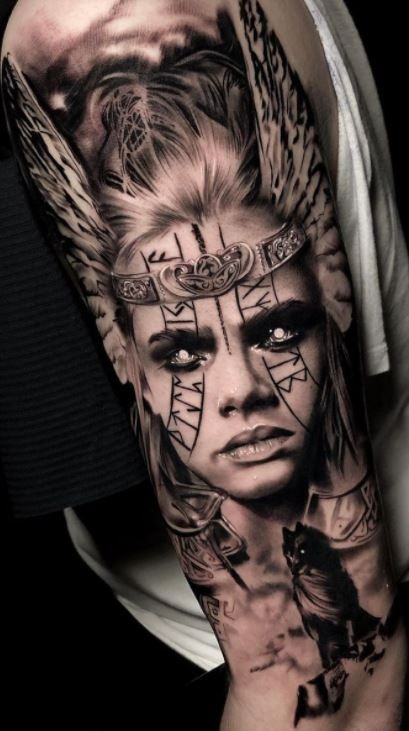

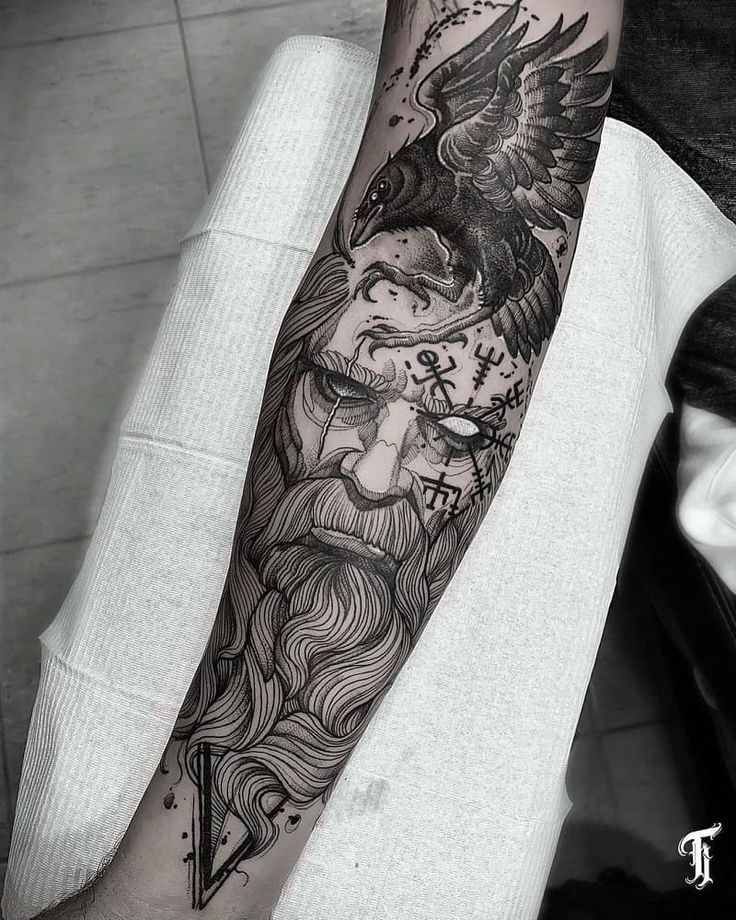

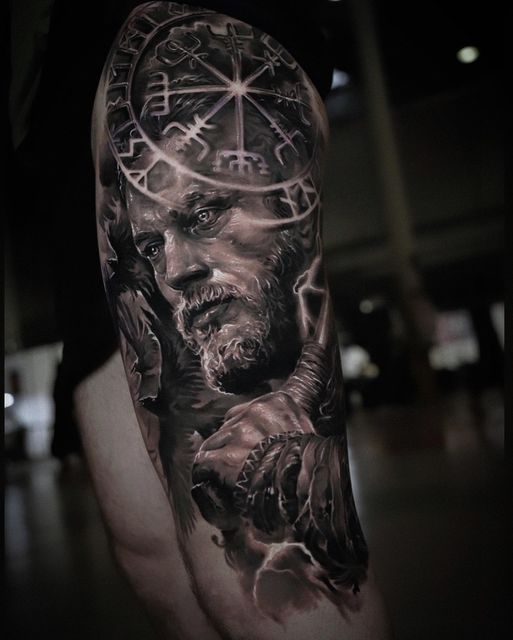



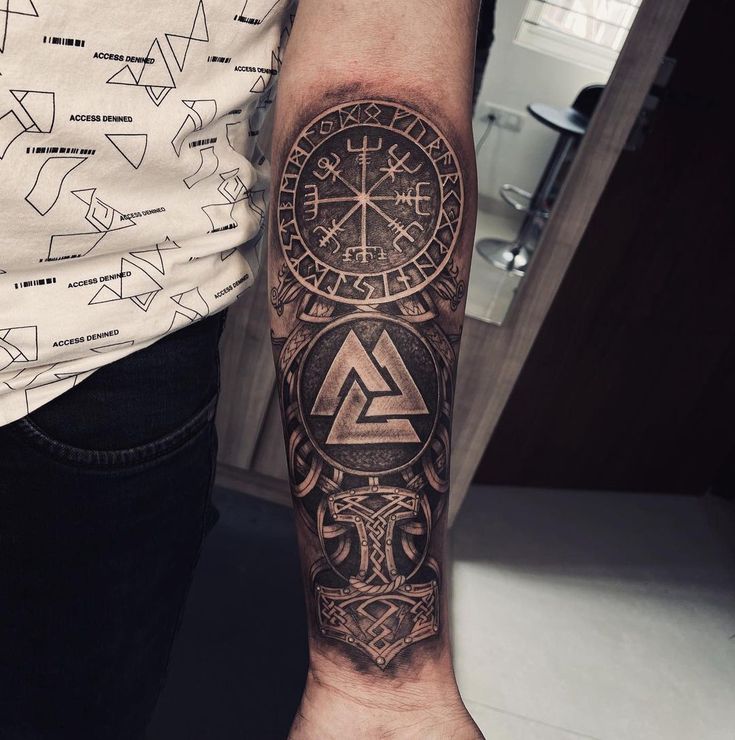





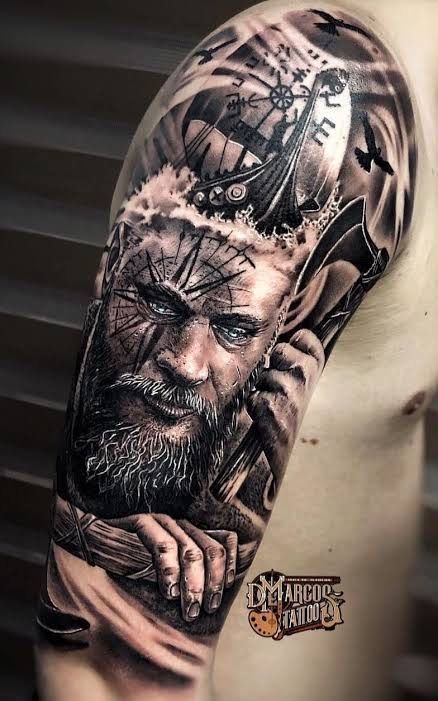

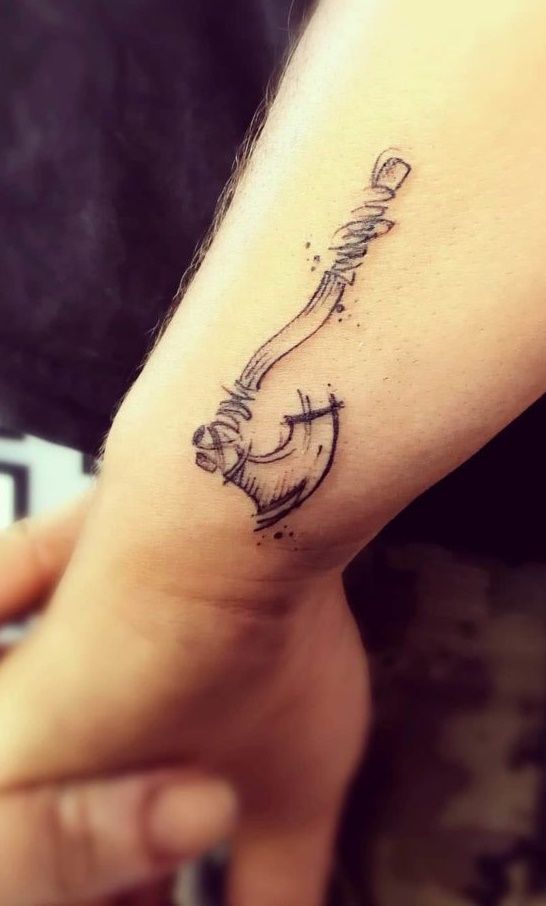

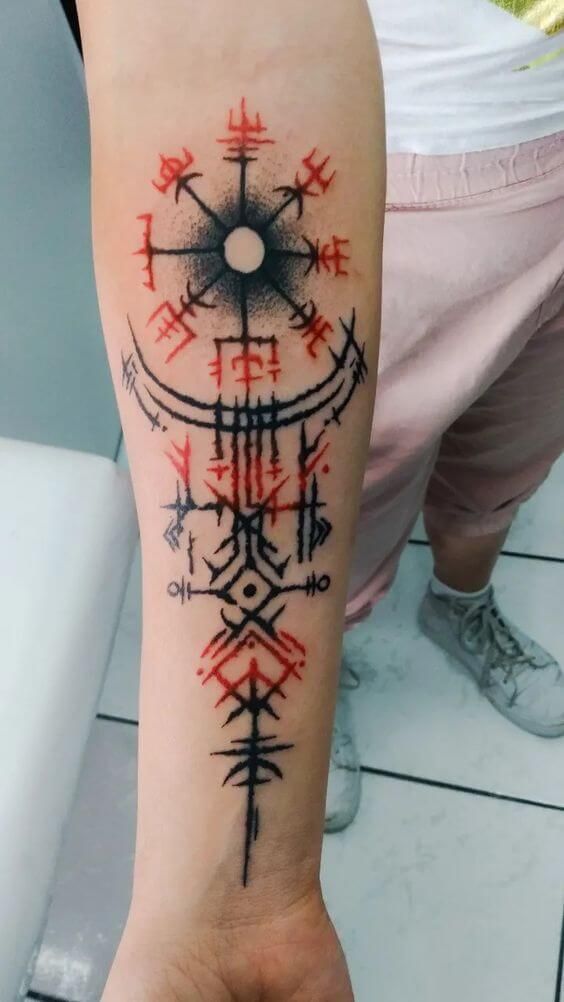

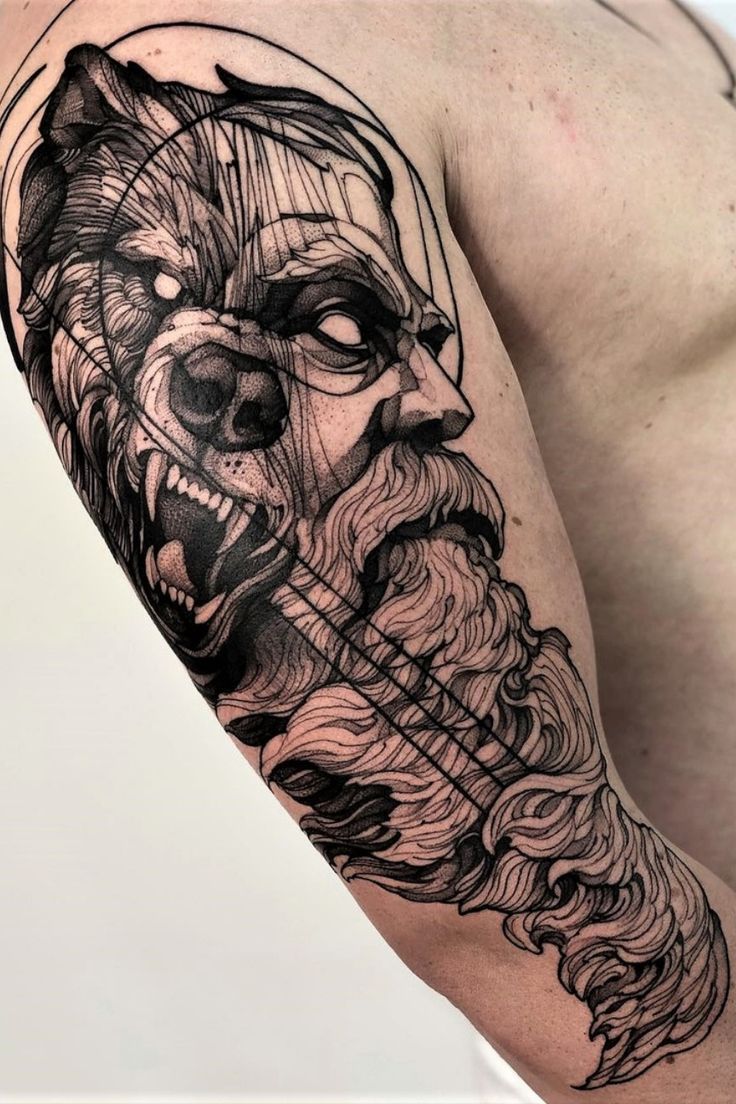













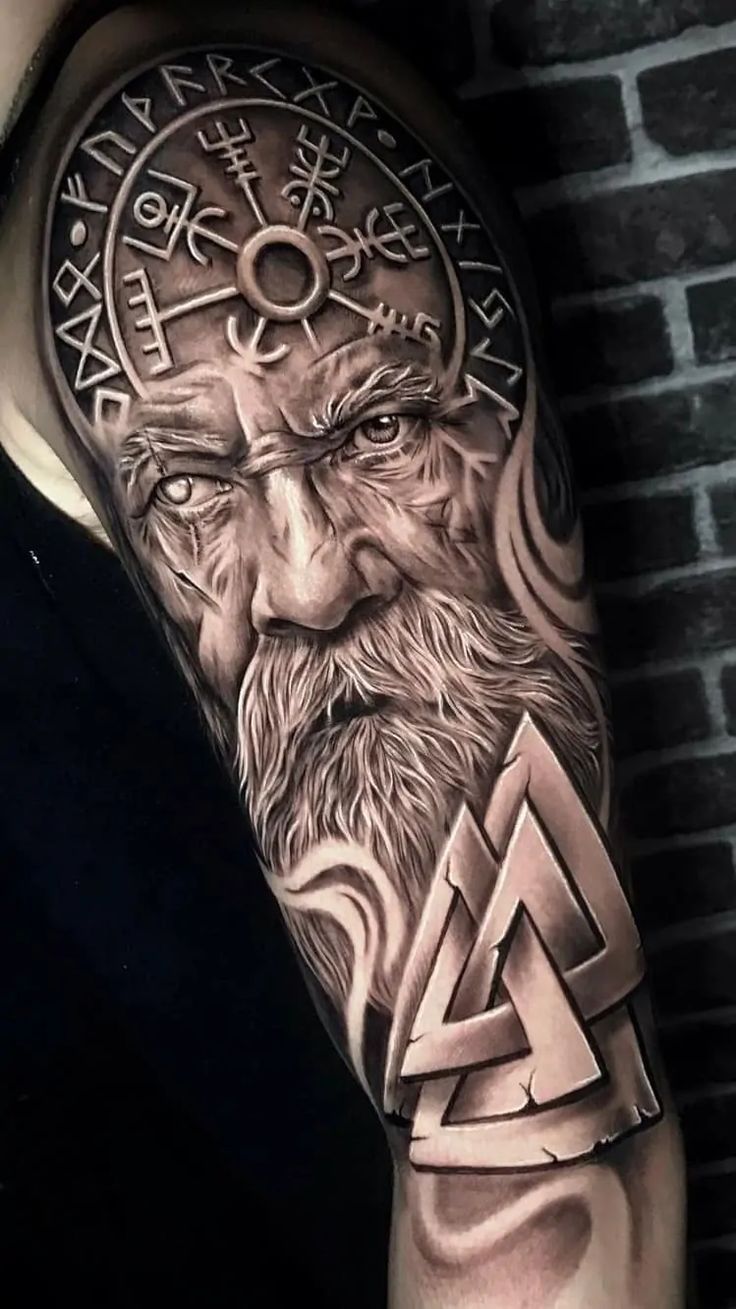

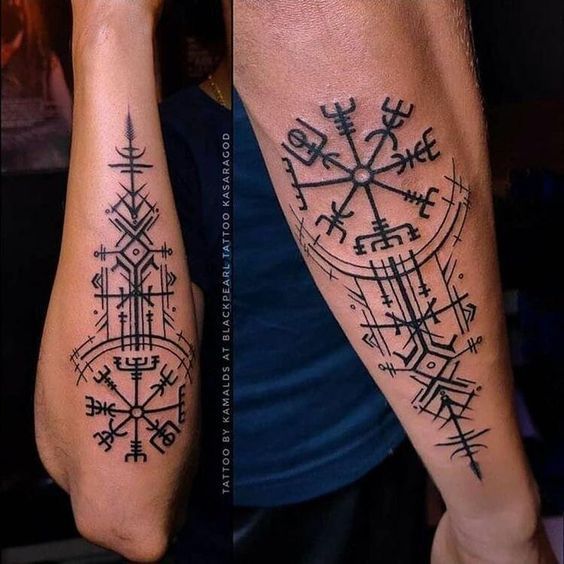



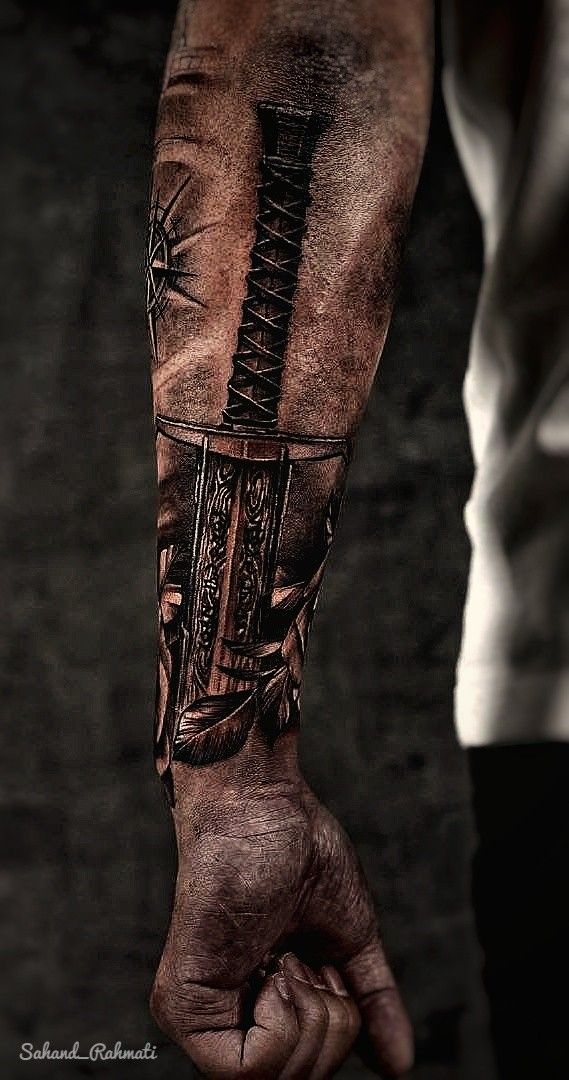

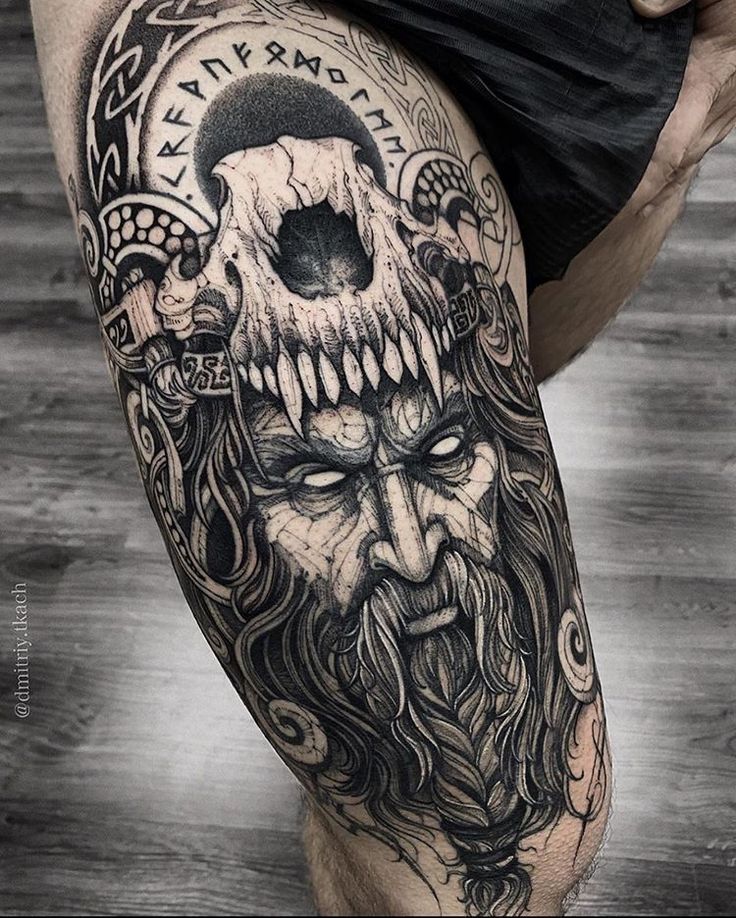

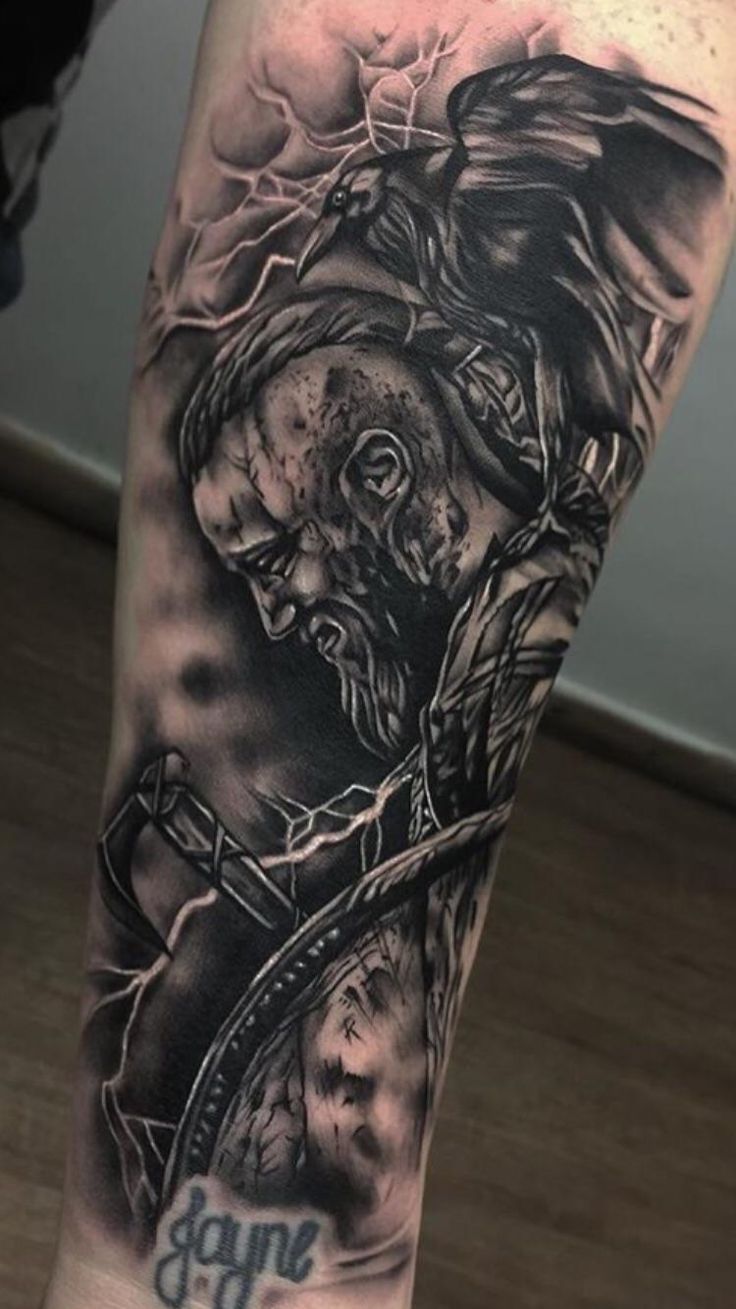





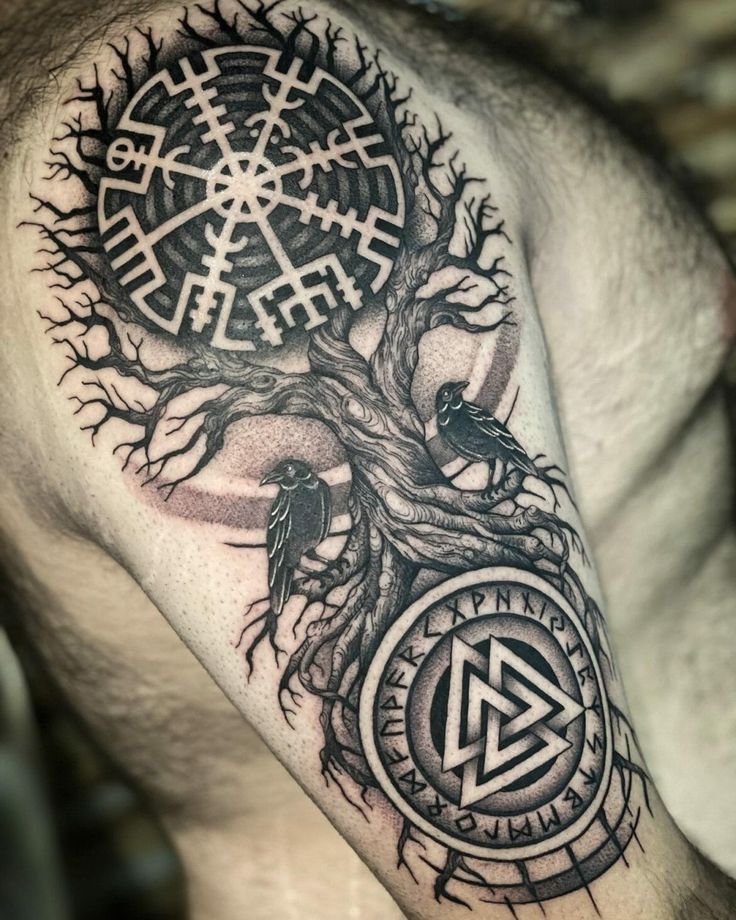



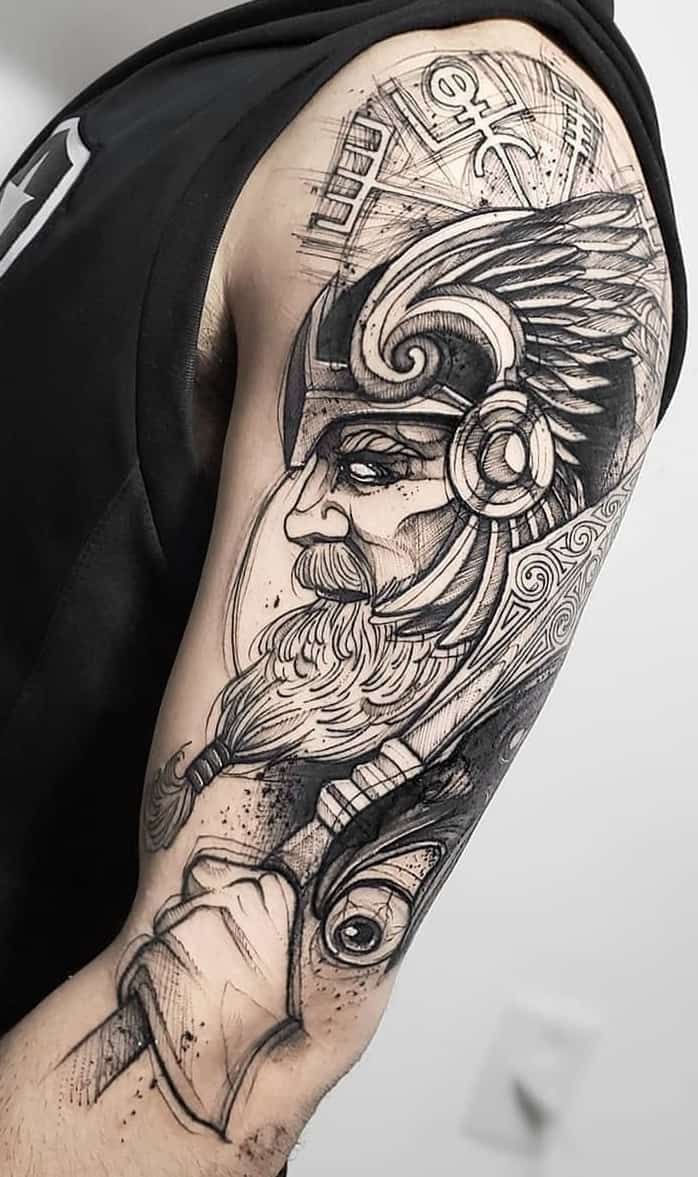

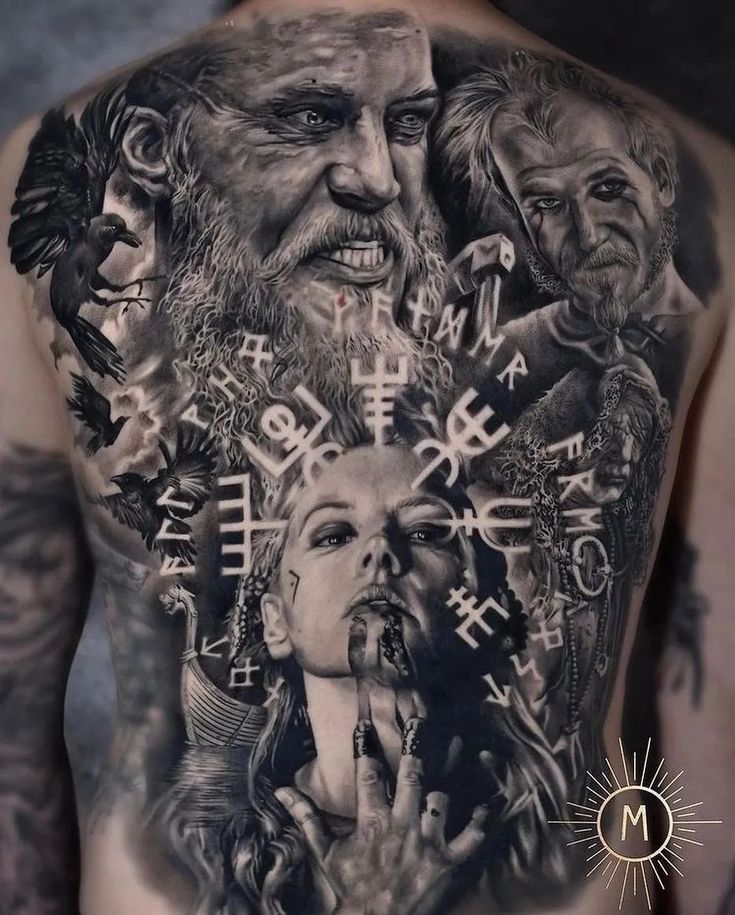

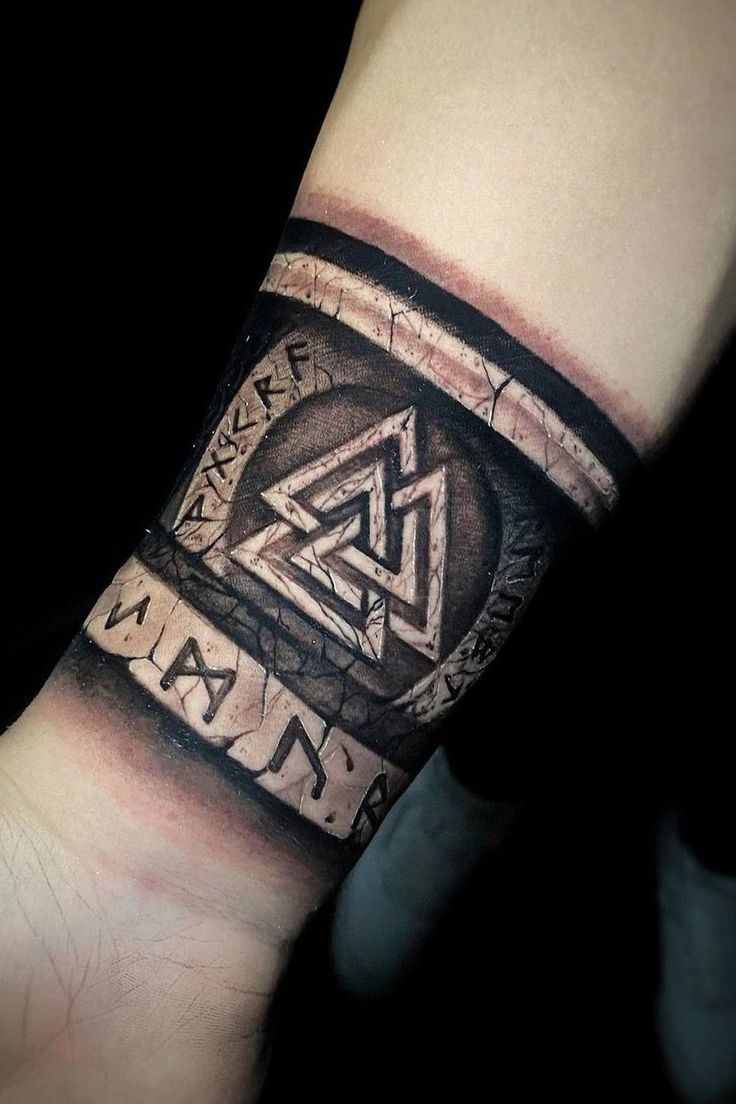

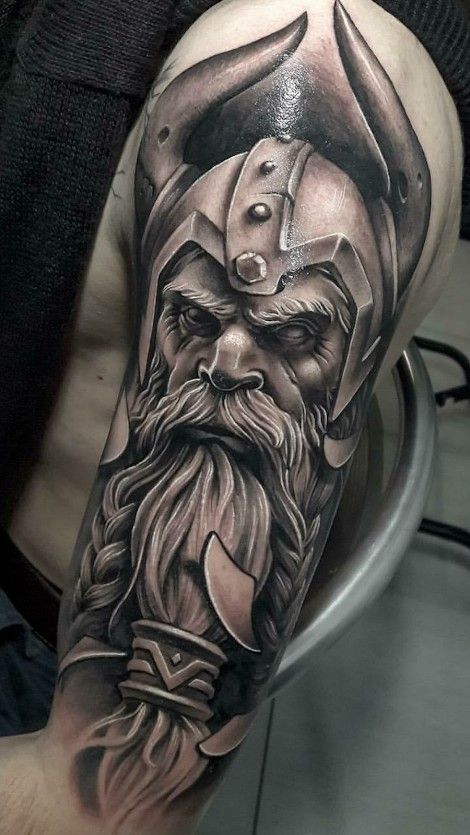

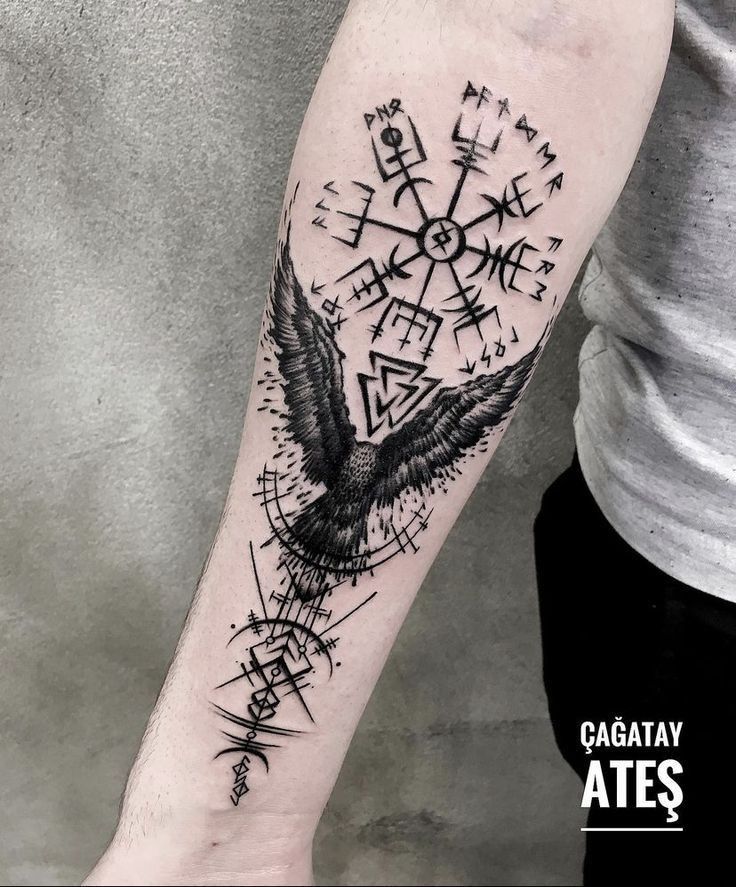

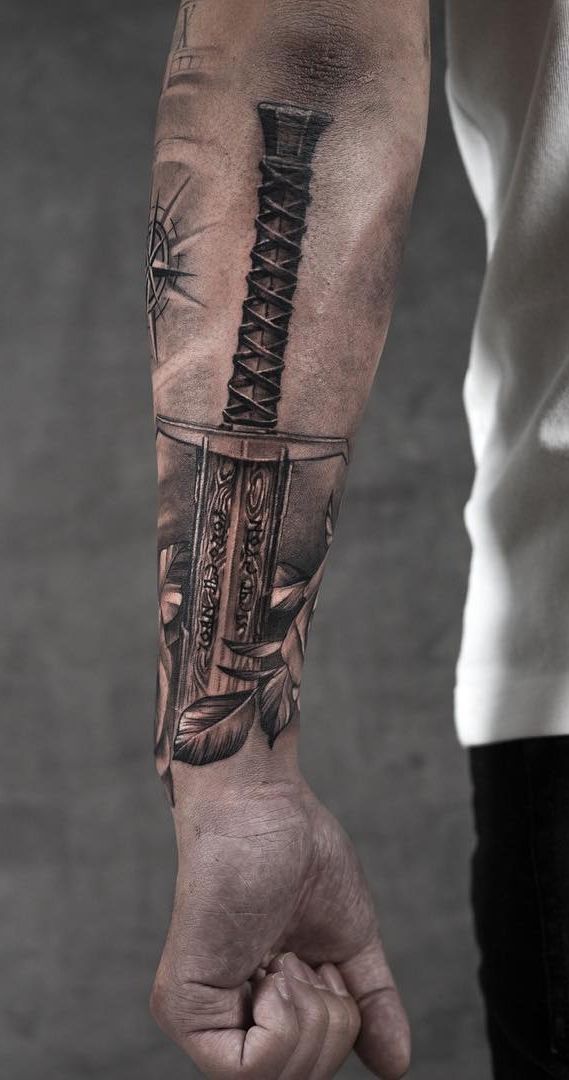







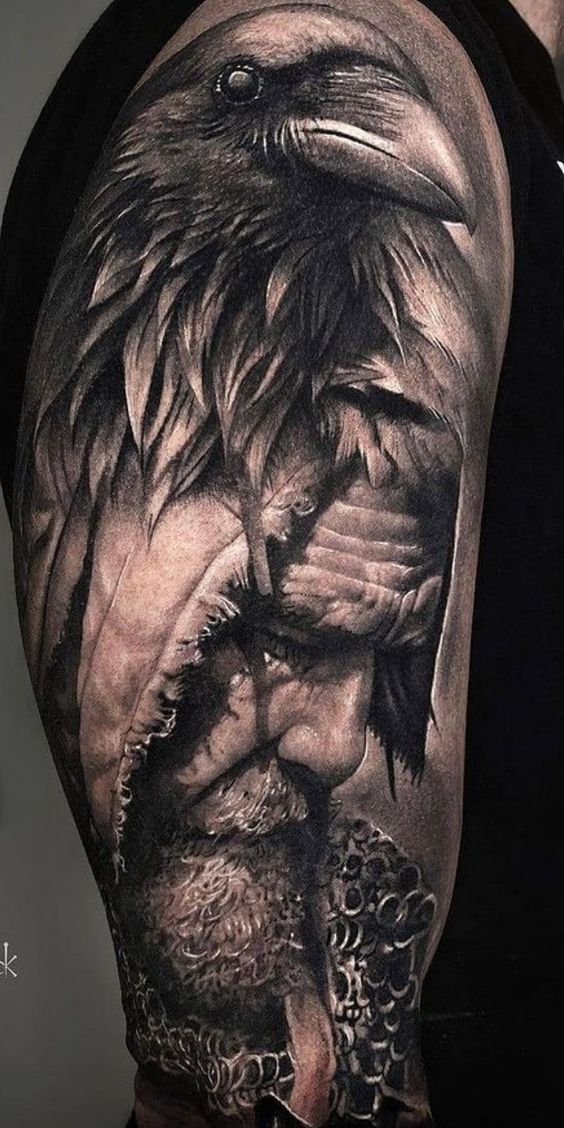

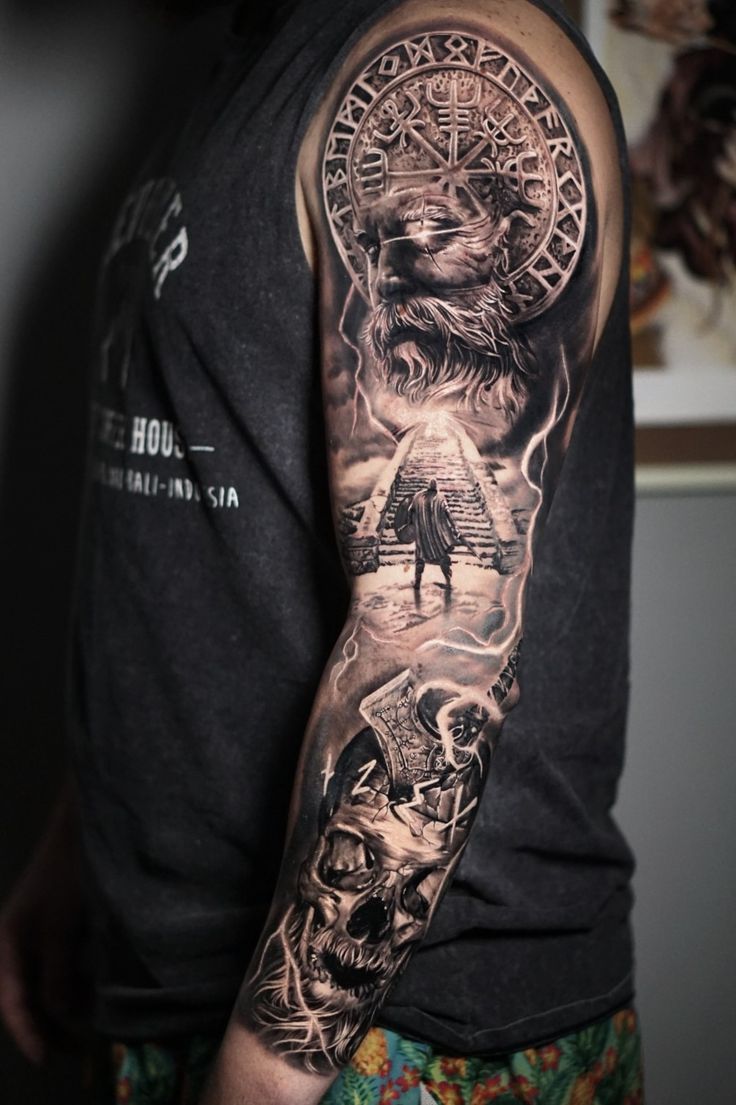

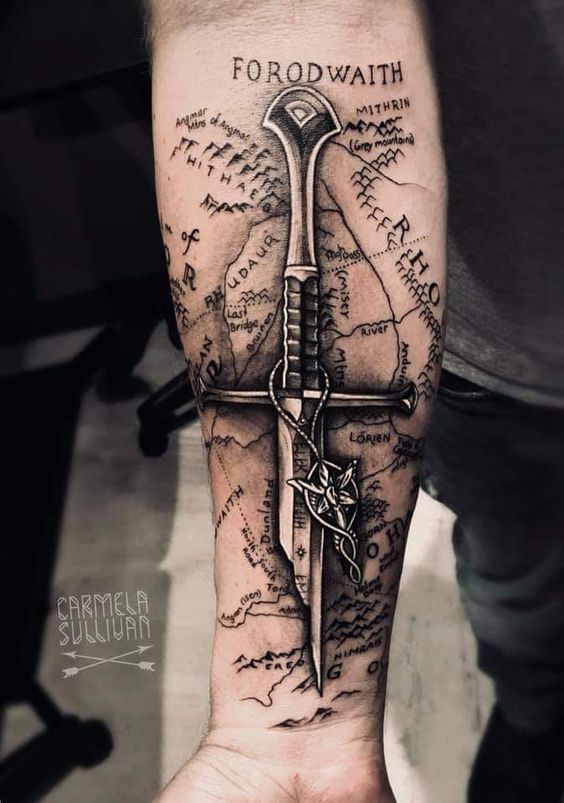



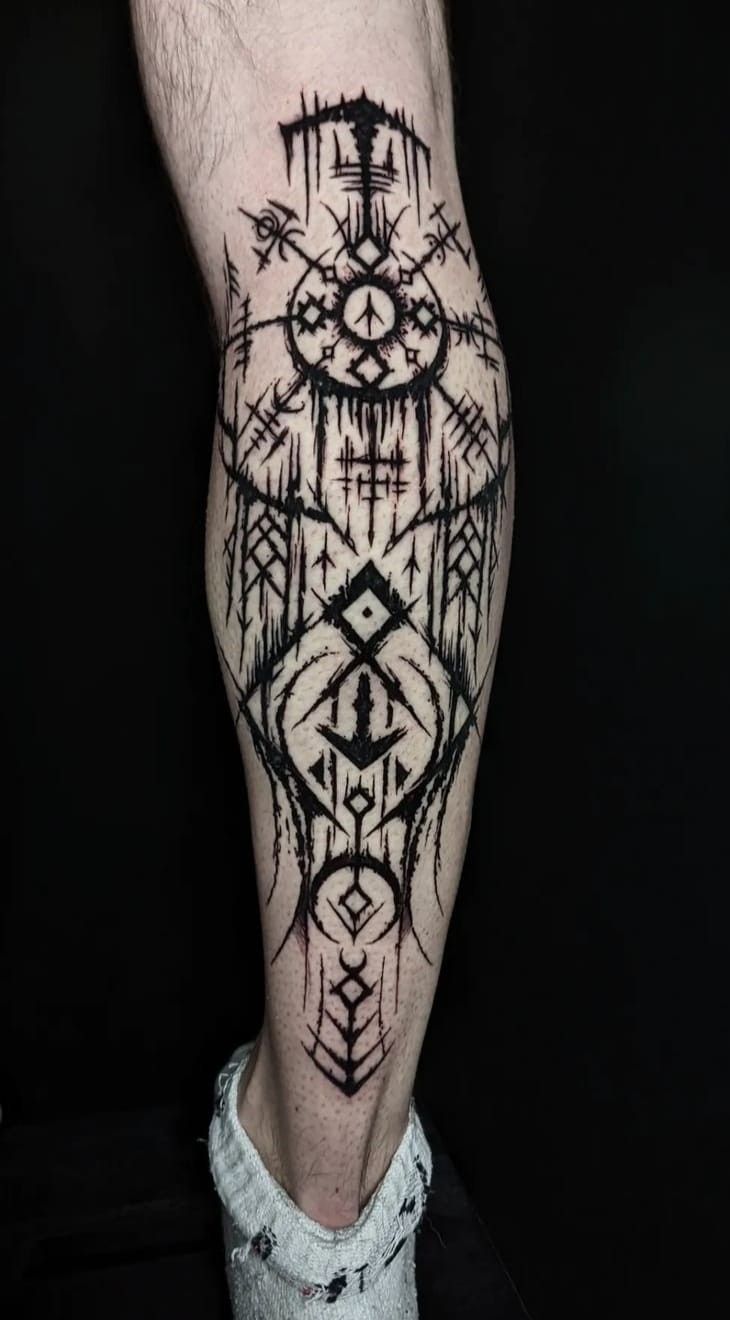

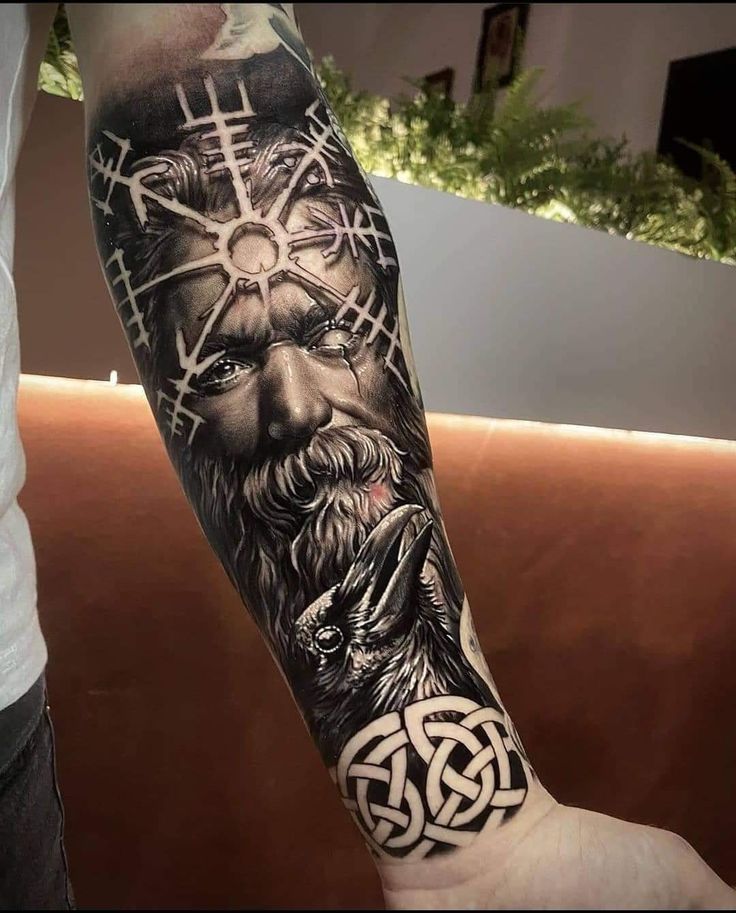

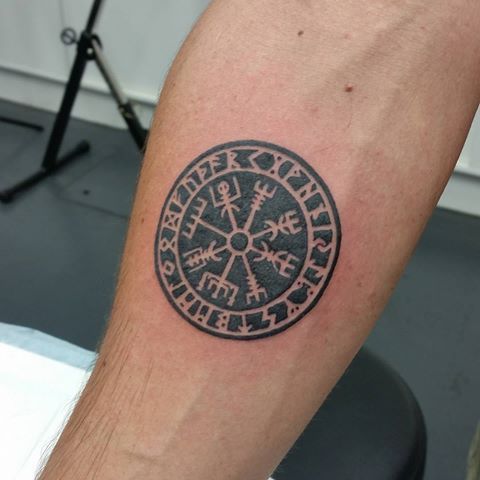

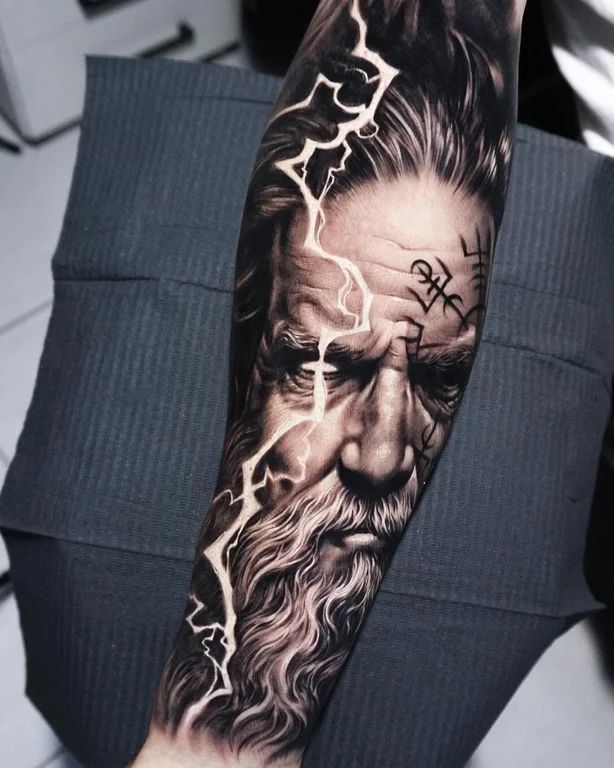

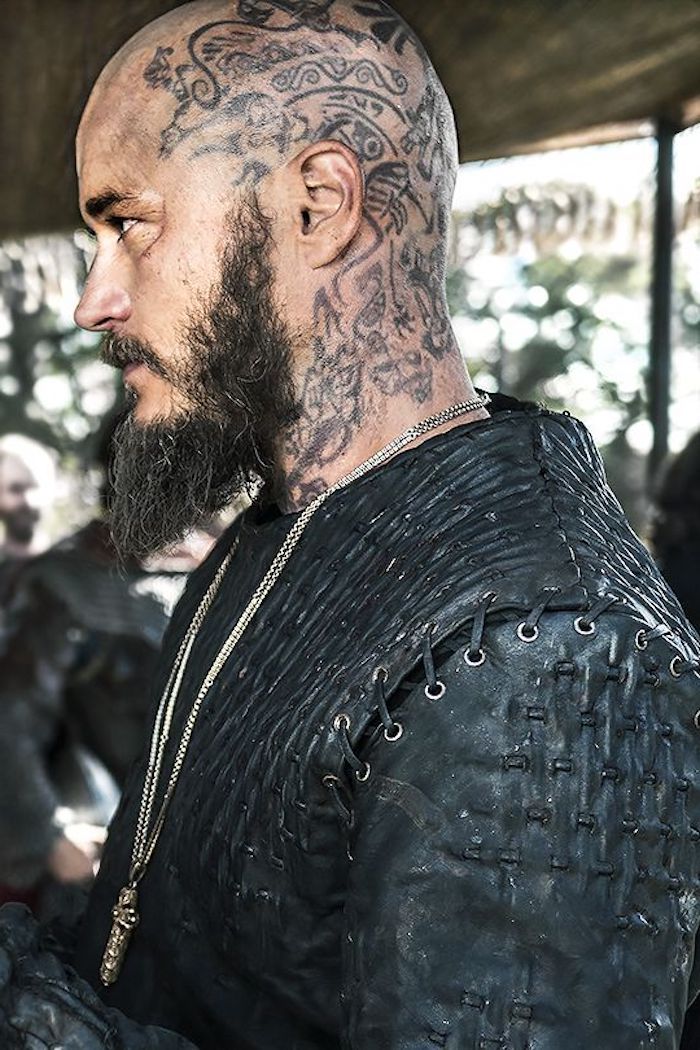

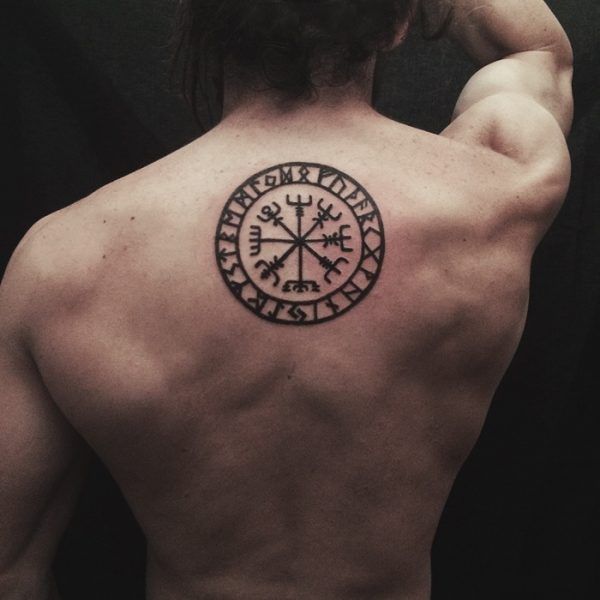

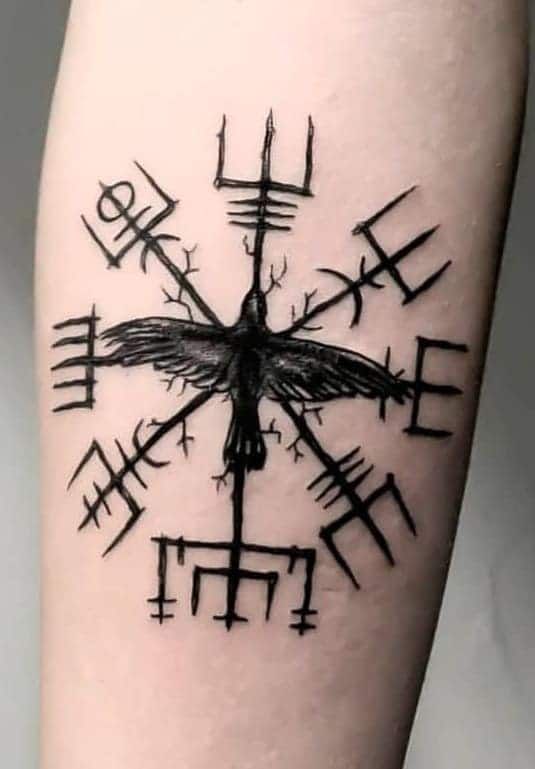

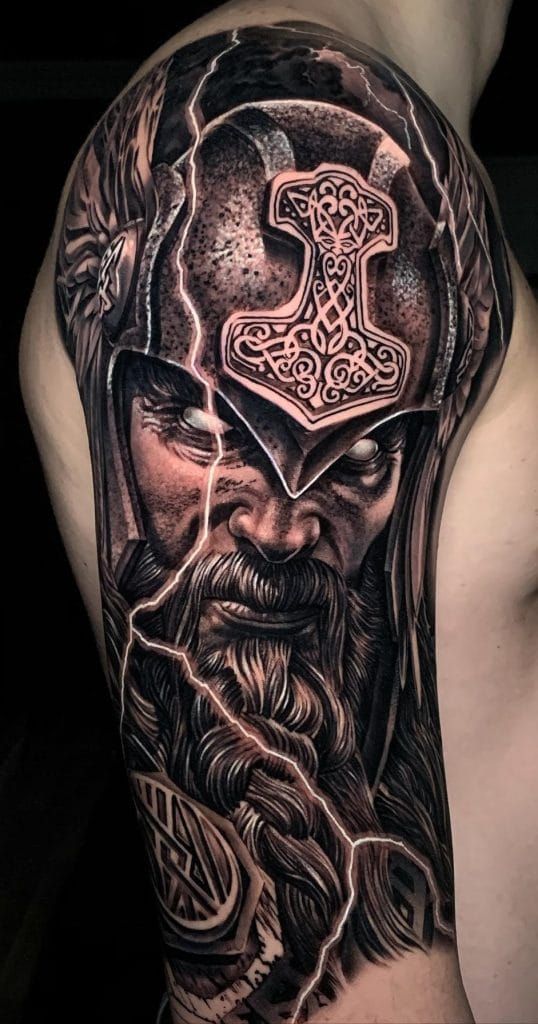







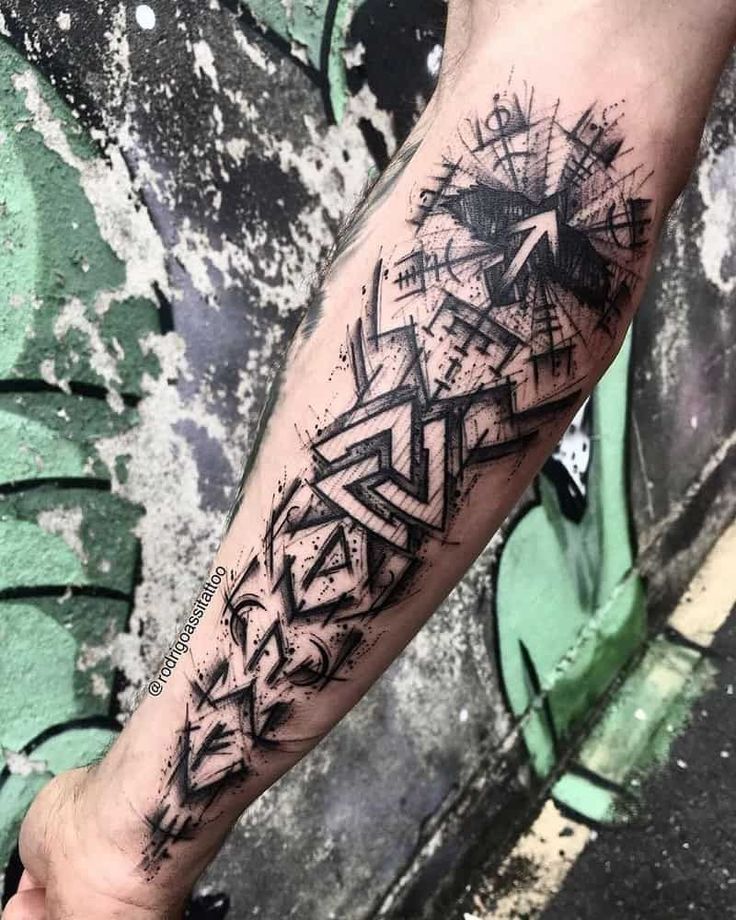



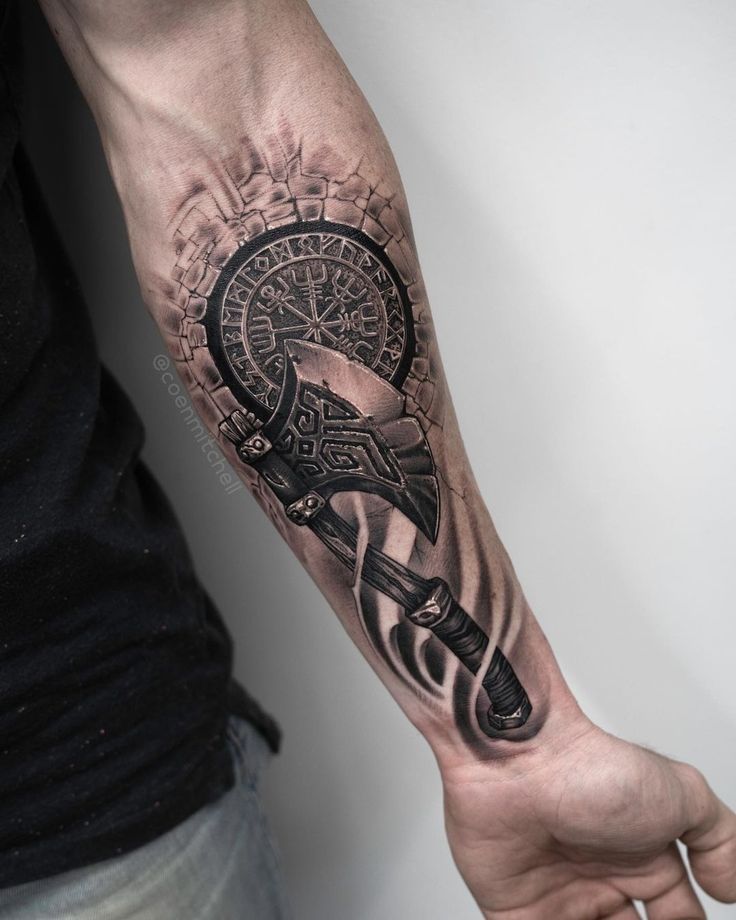

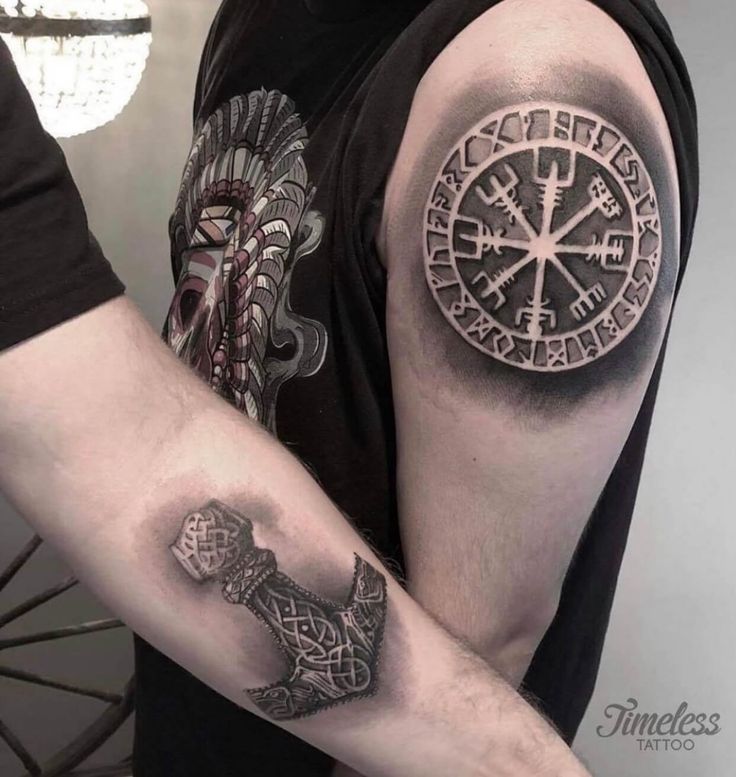

















































































Comentarios